Review of the Dinosaur Remains from the Middle Jurassic of Scotland, UK
Abstract
:1. Introduction
2. Materials and Methods
3. Trackways and Footprints
3.1. Ornithopods
3.2. Sauropods
3.3. Theropods
4. Bones and Teeth
4.1. Ornithopods
4.2. Thyreophora
4.3. Sauropods
4.4. Theropods
5. Discussion
Acknowledgments
Conflicts of Interest
References
- Andrews, J.E.; Hudson, J.D. First Jurassic dinosaur footprint from Scotland. Scott. J. Geol. 1984, 20, 129–134. [Google Scholar] [CrossRef]
- Delair, J.B.; Sarjeant, W.A.S. History and bibliography of the studies of fossil vertebrate footprints in the British Isles: Supplement 1973–1983. Palaeogeogr. Palaeoclimatol. Palaeoecol. 1985, 49, 123–160. [Google Scholar] [CrossRef]
- Benton, M.J.; Martill, D.M.; Taylor, M.A. The first dinosaur from the Lower Jurassic of Scotland: A limb bone of a Ceratosaur theropod. Scott. J. Geol. 1995, 31, 171–182. [Google Scholar] [CrossRef]
- Clark, N.D.L.; Boyd, J.D.; Dixon, R.J.; Ross, D.A. The first Middle Jurassic dinosaur from Scotland: A Cetiosaurid? (Sauropoda) from the Bathonian of the Isle of Skye. Scott. J. Geol. 1995, 31, 171–176. [Google Scholar] [CrossRef]
- Clark, N.D.L.; Barco Rodriguez, J.L. The first dinosaur trackway from the Valtos Sandstone Formation (Bathonian, Jurassic) of the Isle of Skye, Scotland, UK. Geogaceta 1998, 24, 79–82. [Google Scholar]
- Clark, N.D.L.; Booth, P.; Booth, C.; Ross, D.A. Dinosaur footprints from the Duntulm Formation (Bathonian, Jurassic) of the Isle of Skye. Scott. J. Geol. 2004, 40, 13–21. [Google Scholar] [CrossRef]
- Clark, N.D.L.; Ross, D.A.; Booth, P. Dinosaur tracks from the Kilmaluag Formation (Bathonian, Middle Jurassic) of Score Bay, Isle of Skye, Scotland, UK. Ichnos 2005, 12, 93–104. [Google Scholar] [CrossRef]
- Clark, N.D.L.; Brett-Surman, M.K. A comparison between dinosaur footprints from the Middle Jurassic of the Isle of Skye, Scotland, UK, and Shell, Wyoming, USA. Scott. J. Geol. 2008, 44, 139–150. [Google Scholar] [CrossRef]
- Clark, N.D.L. The effects of the spreading of the Central Atlantic during the Middle Jurassic on dinosaur faunas. Open Univ. Geol. Soc. J. 2012, 33, 52–61. [Google Scholar]
- Weishampel, D.B.; Barrett, P.M.; Coria, R.A.; Le Loeff, J.; Xing, X.; Xijin, Z.; Sahni, A.; Gomani, E.M.P.; Noto, C.R. Dinosaur distribution. In The Dinosauria, 2nd ed.; Weishampel, D.B., Dodson, P., Osmolska, H., Eds.; University of California Press: Berkeley, CA, USA, 2004; pp. 517–606. [Google Scholar]
- Brusatte, S.L.; Clark, N.D.L. Theropod dinosaurs from the Middle Jurassic (Bajocian–Bathonian) of Skye, Scotland. Scott. J. Geol. 2015, 51, 157–164. [Google Scholar] [CrossRef]
- Clark, N.D.L.; Gavin, P. New Bathonian (Middle Jurassic) sauropod remains from the Valtos Formation, Isle of Skye, Scotland. Scott. J. Geol. 2016, 51, 71–75. [Google Scholar] [CrossRef]
- Brusatte, S.L.; Challands, T.J.; Ross, D.A.; Wilkinson, M. Sauropod dinosaur trackways in a Middle Jurassic lagoon on the Isle of Skye, Scotland. Scott. J. Geol. 2015, 52, 1–9. [Google Scholar] [CrossRef]
- Barrett, P.M. A sauropod dinosaur tooth from the Middle Jurassic of Skye, Scotland. Trans. R. Soc. Edinb. Earth Sci. 2006, 97, 25–29. [Google Scholar] [CrossRef]
- Liston, J.J. A re-examination of a Middle Jurassic sauropod limb bone from the Bathonian of the Isle of Skye. Scott. J. Geol. 2004, 40, 119–122. [Google Scholar] [CrossRef]
- Clark, N.D.L. A Thyreophoran dinosaur from the early Bajocian (Middle Jurassic) of the Isle of Skye, Scotland. Scott. J. Geol. 2001, 37, 19–26. [Google Scholar] [CrossRef]
- Clark, N.D.L. Dinosaur tracks, helicopters, and broken bones. Geol. Curator 2001, 7, 163–166. [Google Scholar]
- Getty, P.; Aucoin, C.; Fox, N.; Judge, A.; Hardy, L.; Bush, A. Perennial lakes as an environmental control on theropod locomotion in the Jurassic of the Hartford Basin. Geosciences 2017, 7, 13. [Google Scholar] [CrossRef]
- Clark, N.D.L. Tracking dinosaurs in Scotland. Teach. Earth Sci. 2004, 29, 22–25. [Google Scholar]
- Rauhut, W.M.; Lopez-Arbarello, A. Archosaur evolution during the Jurassic: A southern perspective. Rev. Asoc. Geol. Argent. 2008, 63, 557–585. [Google Scholar]
- Manning, P.L.; Egerton, V.M.; Romano, M. A new sauropod dinosaur from the Middle Jurassic of the United Kingdom. PLoS ONE 2015, 10, e0128107. [Google Scholar] [CrossRef] [PubMed]
- Benson, R.B.J.; Barrett, P.M.; Powell, H.P.; Norman, D.B. The taxonomic status of Megalosaurus bucklandii (Dinosauria, Theropoda) from the Middle Jurassic of Oxfordshire, UK. Palaeontology 2008, 51, 419–424. [Google Scholar] [CrossRef]
- Naish, D.; Martill, D.M. Dinosaurs of Great Britain and the role of the Geological Society of London in their discovery: Basal Dinosauria and Saurischia. J. Geol. Soc. Lond. 2007, 164, 493–510. [Google Scholar] [CrossRef]
- Peng, G.; Ye, Y.; Yuhui, G.; Shu, C.; Jiang, S. Jurassic Dinosaur Faunas in Zigong; Zigong Dinosaur Museum: Zigong, China, 2005. [Google Scholar]
- Longman, H.A. The giant dinosaur: Rhoetosaurus brownei. Mem. Qld. Mus. 1927, 9, 1–18. [Google Scholar]
- Long, J.A.; Molnar, R.E. A new Jurassic Theropod dinosaur from Western Australia. Rec. West. Aust. Mus. 1998, 19, 121–129. [Google Scholar]
- Mahammed, F.; Läng, É.; Mami, L.; Mekahli, L.; Benhamou, M.; Boumediène, B.; Kacemi, A.; Chérief, S.-A.; Chaouati, H.; Taquet, P. The ‘giant of Ksour’, a Middle Jurassic sauropod dinosaur from Algeria. Comptes Rendus Palevol 2005, 4, 707–714. [Google Scholar] [CrossRef]
- Monbaron, M.; Russell, D.A.; Taquet, P. Atlasaurus imelakei n. g., n. sp., a Brachiosaurid like sauropod from the Middle Jurassic of Morocco. Comptes Rendus Acad. Sci. Paris 1999, 329, 519–526. [Google Scholar]
- Buffetaut, E.A. New sauropod dinosaur with prosauropod-like teeth from the Middle Jurassic of Madagascar. Bull. Soc. Géol. France 2005, 176, 467–473. [Google Scholar] [CrossRef]
- Rauhut, O.W.M. Osteology and relationships of a new Theropod dinosaur from the Middle Jurassic of Patagonia. Palaeontology 2005, 48, 87–110. [Google Scholar] [CrossRef]
- Rauhut, O.W.M. A dentary of Patagosaurus (Sauropoda) from the Middle Jurassic of Patagonia. Ameghiniana 2003, 40, 425–432. [Google Scholar]
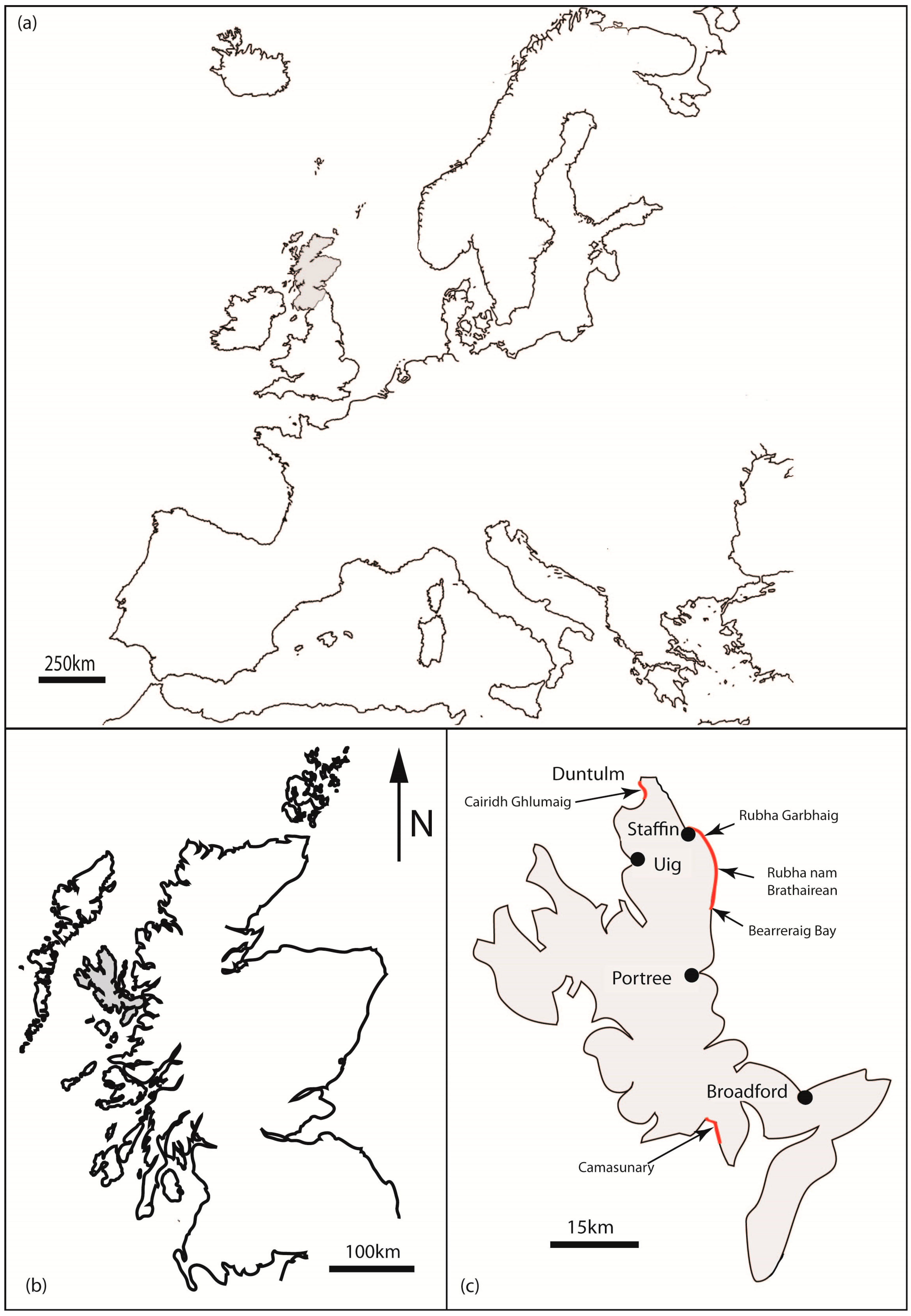
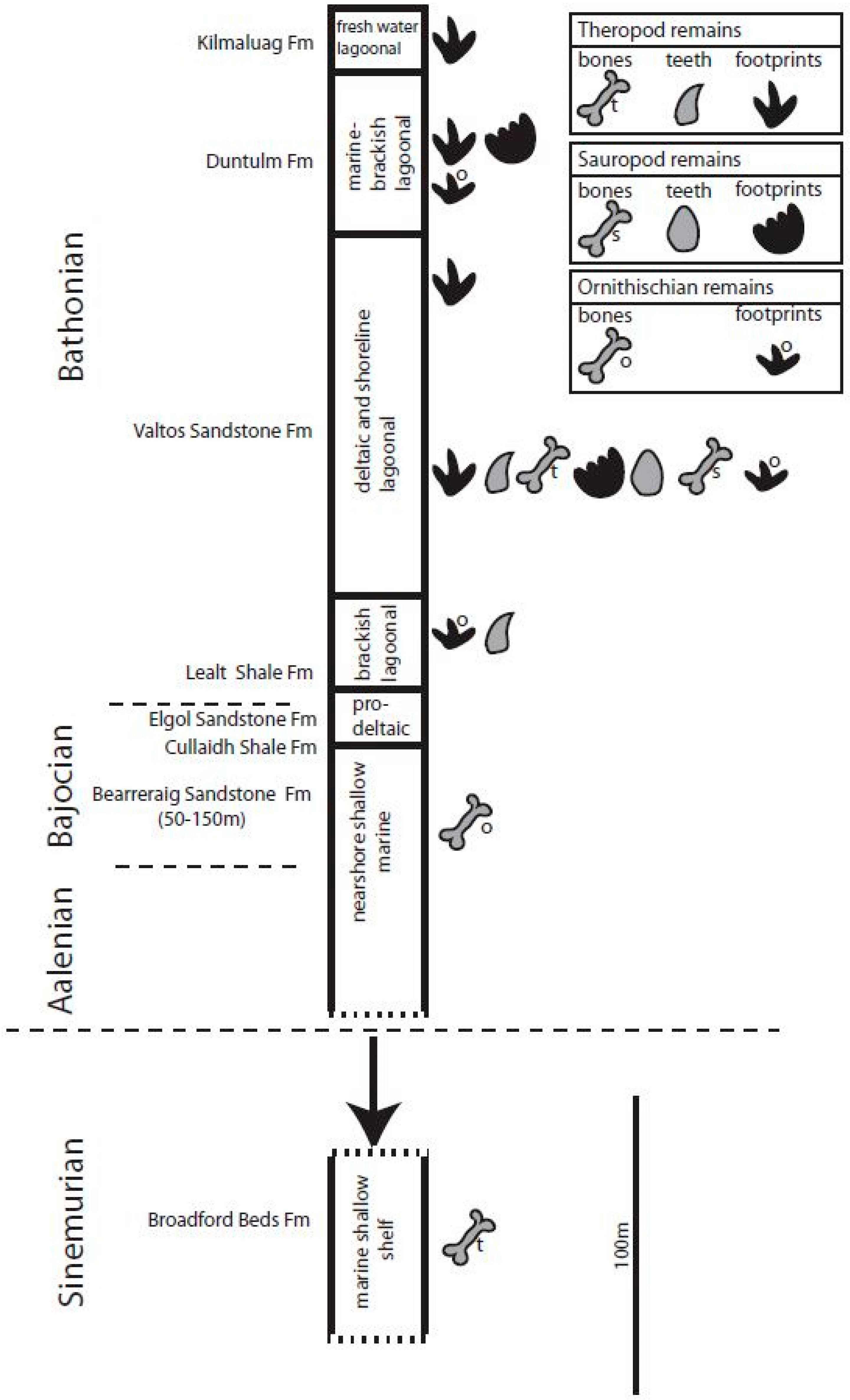
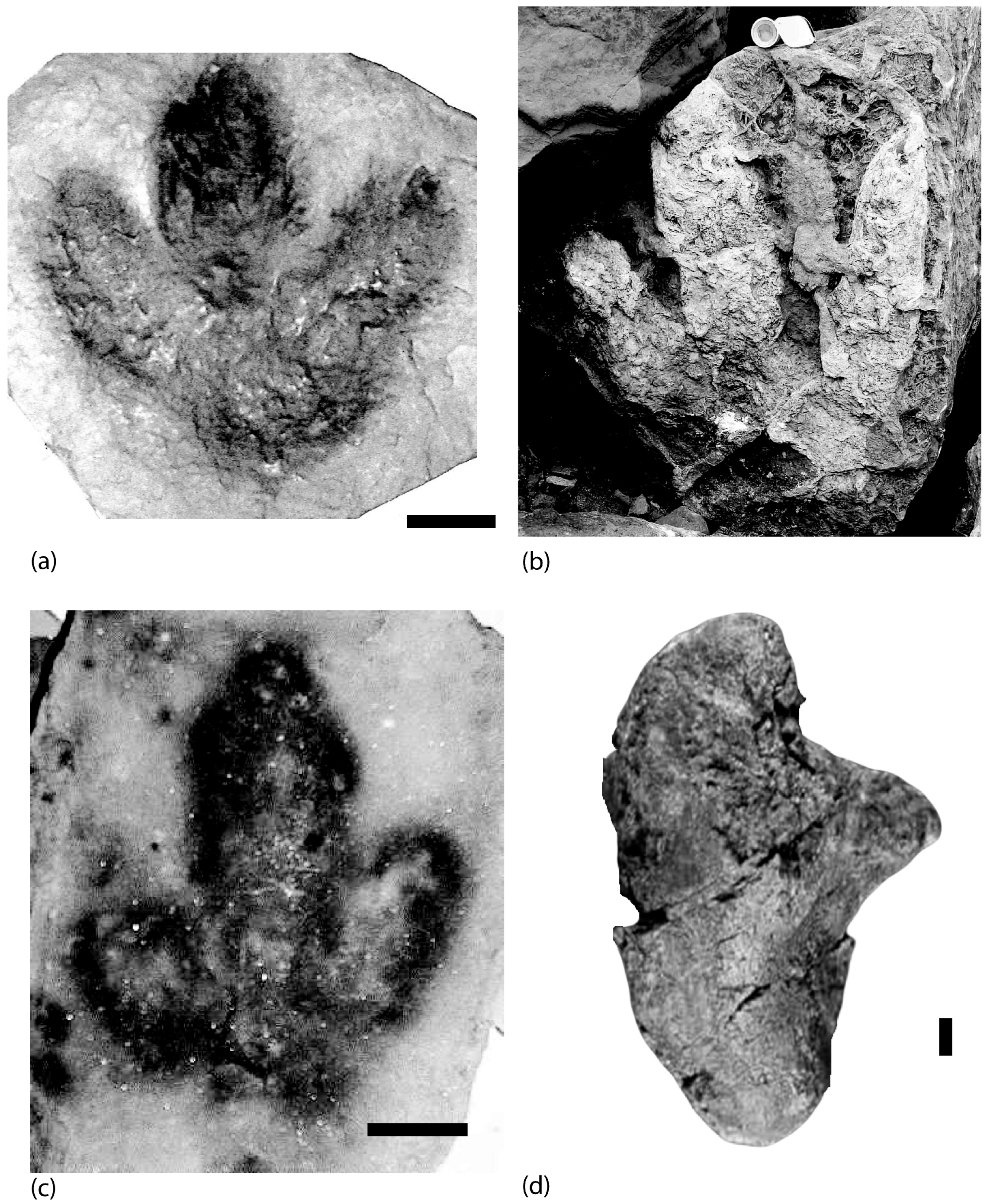



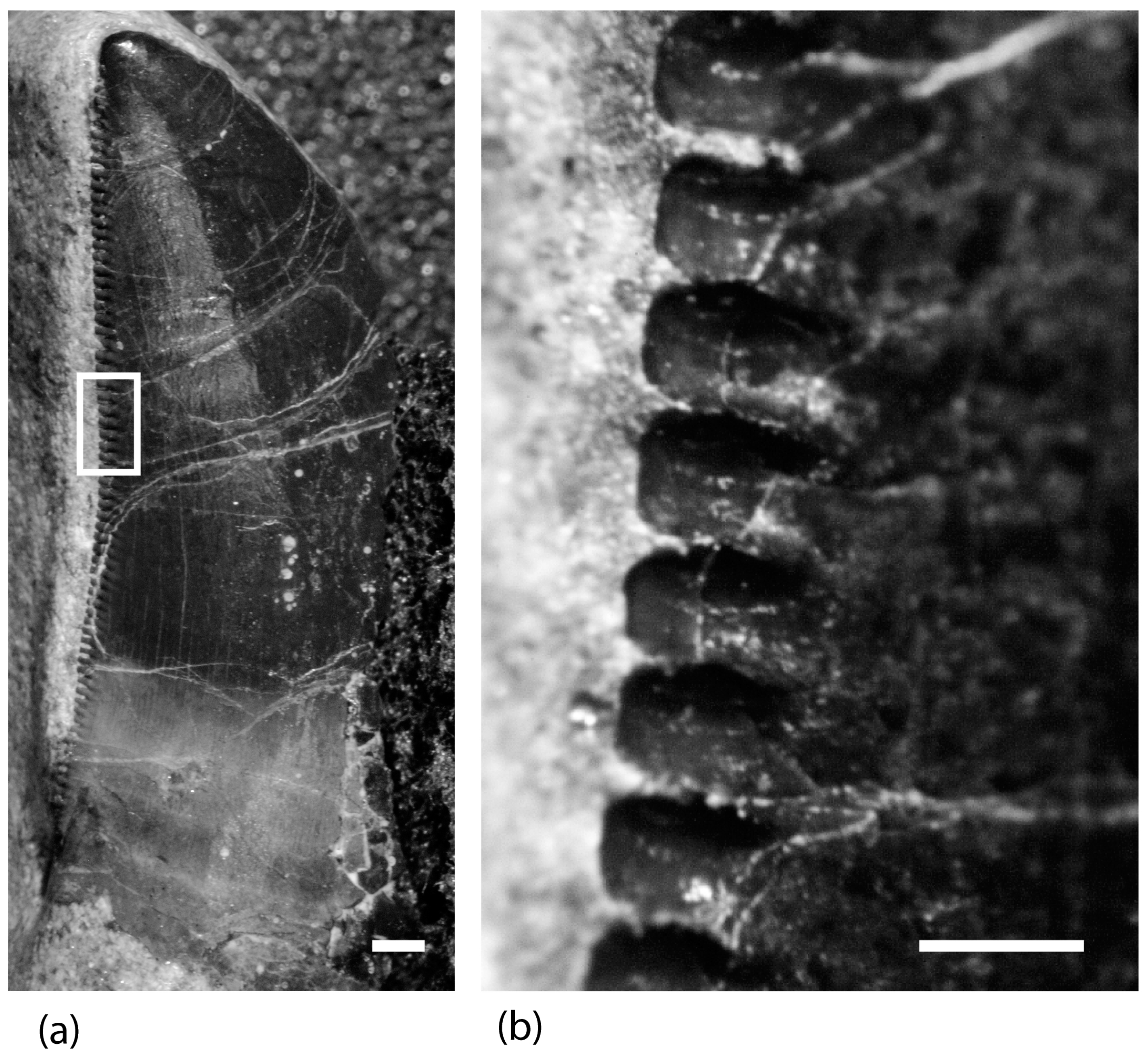
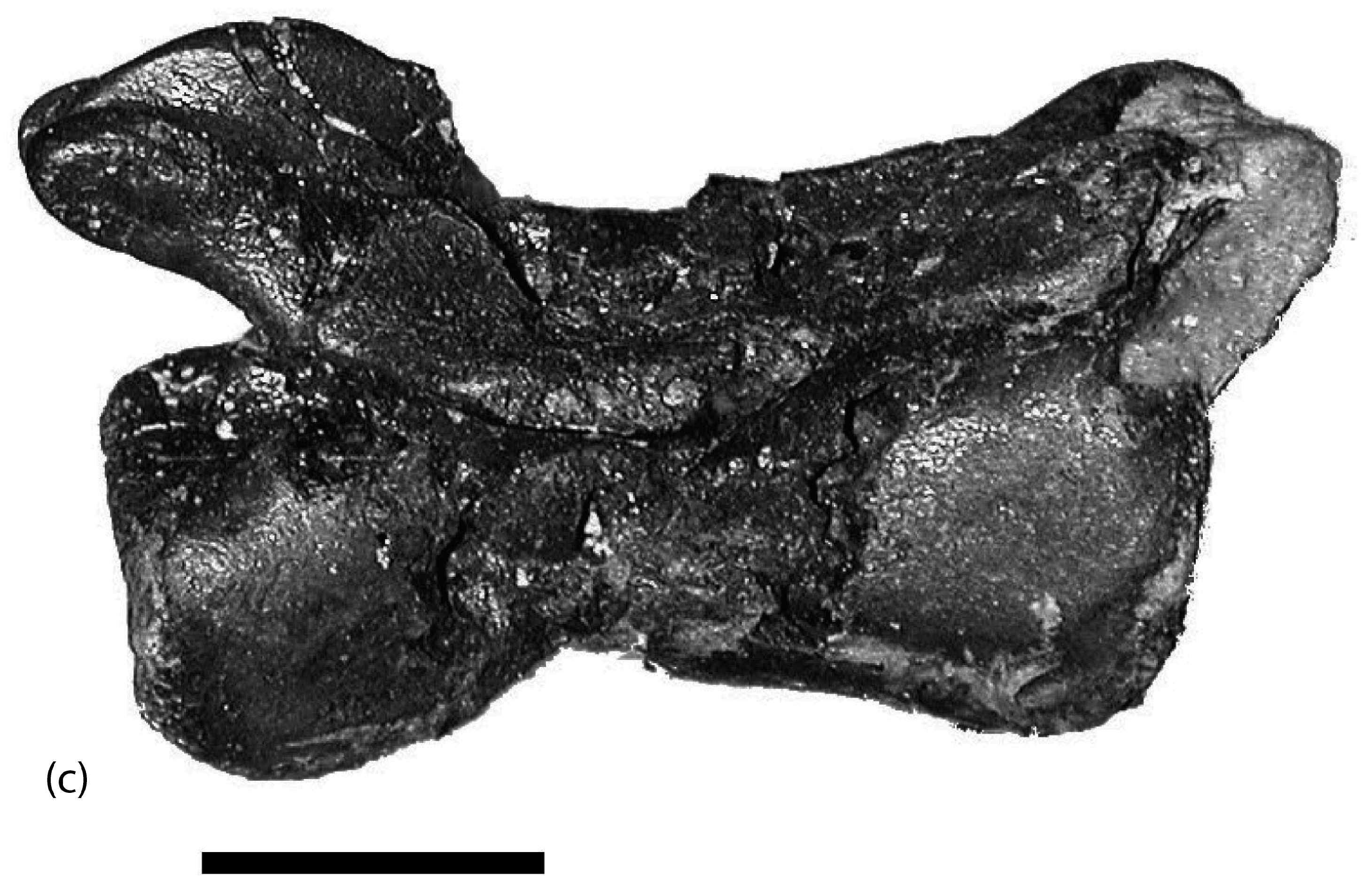
© 2018 by the author. Licensee MDPI, Basel, Switzerland. This article is an open access article distributed under the terms and conditions of the Creative Commons Attribution (CC BY) license (http://creativecommons.org/licenses/by/4.0/).
Share and Cite
Clark, N.D.L. Review of the Dinosaur Remains from the Middle Jurassic of Scotland, UK. Geosciences 2018, 8, 53. https://doi.org/10.3390/geosciences8020053
Clark NDL. Review of the Dinosaur Remains from the Middle Jurassic of Scotland, UK. Geosciences. 2018; 8(2):53. https://doi.org/10.3390/geosciences8020053
Chicago/Turabian StyleClark, Neil D. L. 2018. "Review of the Dinosaur Remains from the Middle Jurassic of Scotland, UK" Geosciences 8, no. 2: 53. https://doi.org/10.3390/geosciences8020053
APA StyleClark, N. D. L. (2018). Review of the Dinosaur Remains from the Middle Jurassic of Scotland, UK. Geosciences, 8(2), 53. https://doi.org/10.3390/geosciences8020053




